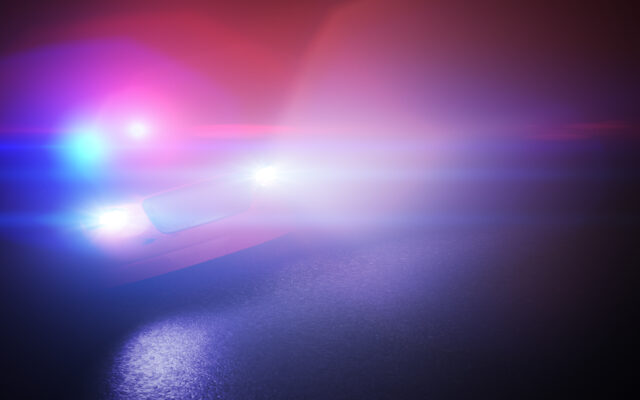Doctor on condo search team details efforts on the mound

▶ Watch Video: New Jersey Task Force 1 assists in Surfside condo collapse recovery effort
Millions have seen the images coming out of Surfside, Florida — mountains of concrete, steel and debris at the site of what used to be the ocean-facing Champlain Towers South condos. But Dr. Christopher Valerian, a medical manager for a search and rescue team that was deployed to the collapse site, told CBS News the pictures don’t do it justice.
“Everything from the particles floating in the air that you are walking through. At the end of the day, you are all dusty. The smells which are indescribable and stay with you,” said Valerian of New Jersey Task Force One.
The group consists of dozens of members who have years of experience digging through piles of debris, but Valerian said the team has had a difficult time both physically and emotionally working in Surfside.
“Walking past the families to get to the site itself and looking them in the eye, it is heartbreaking… I have treated multiple team members for heat exhaustion, for bumps and bruises related to the difficulty of being on the pile, and it’s not easy,” Valerian said.
Crews working at the site of the collapse are divided into two teams working 12-hour shifts: noon to midnight and midnight to noon. Valerian said all workers go through security before beginning their work at their assigned pile location. The round-the-clock searches all have a primary objective: reuniting family members with their loved ones who remain unaccounted for.
“You are assigned a location and … just start moving rocks, moving debris, looking for, you know, originally for survivors,” Valerian said.
The search for survivors went on for two weeks after the collapse and shifted overnight, transitioning from rescue to recovery.
Valerian said the searches have been targeted, not random.
“Maybe there was a K-9 unit that had located a potential victim or maybe you see flies circling around, or maybe you see remnants of a bedroom where there was, you know, bed clothes or even a mattress or something,” Valerian said. “It’s not a random search. It’s a targeted search.”
“Once you identify those locations you’ll go in and start digging, literally by hand, cutting concrete with machines as necessary, and looking for the victims,” he said.
He said large machinery helps move big debris out of the way before teams, broken into groups of six, start digging, looking for any survivors.
The methodical approach from search teams led to the recovery of 60 victims by Thursday morning, two weeks after the collapse. Another 80 people are potentially unaccounted for, Miami-Dade County Mayor Daniella Levine Cava said at a press conference.
The search, now in its 15th day, was ramped up on Sunday after the part of the building that didn’t come down in the initial collapse was demolished. No survivors, however, have been found since immediately after the building crumbled.
“Usually in a building collapse like this you will find what we call void spaces, you know, spaces that are created by objects that stop the falling debris above your head, and that’s sort of where you find victims,” he said. “In this particular case, and I’m not a structural engineer, however, the way it’s been explained to me is that the way that the building sort of pancaked down and the pressure from the floors above just created so much downward force that those normal void spaces where survivors would be located just don’t exist.”
Valerian said large household appliances like refrigerators and stoves have all but disappeared, crushed into pieces by the force of the falling structure.
“I’ve said to myself, ‘Where are all the appliances? Where’s the refrigerators, the stoves, the ovens?'” he said. “We’re just not finding, like, large objects. All we’re finding are small, crushed, pulverized pieces of metal and concrete and steel, so it’s just amazing the force this building fell at, and I think that’s part of the problem with not being able to find survivors.”



